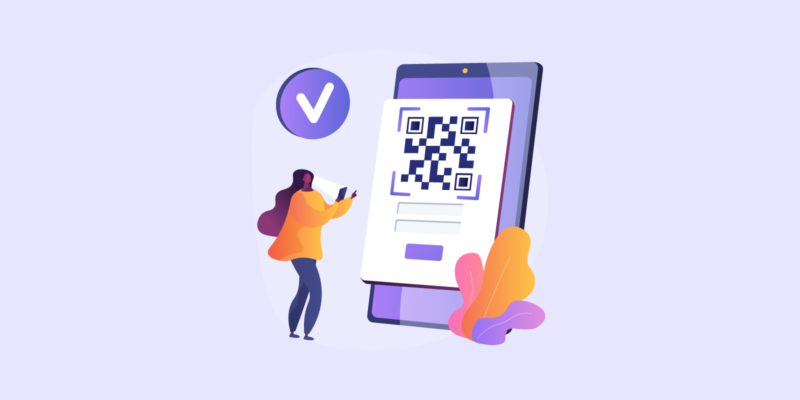To grow a SaaS business, you need to generate quality leads and convert a steady portion of them. You also need to accurately measure this growth, which will require tracking certain metrics over a prolonged period of time.
One such metric is Customer Lifetime Value, or CLV, which we’ll examine here from a variety of angles. Let’s talk about the strategies you can employ to increase CLV and maintain it at a high level, ultimately helping you expand and develop.
In this article
- 1. Offer Quality Customer Support
- 2. Diversify Your Product Features
- 3. Offer Quality Training
- 4. Offer a Great Onboarding Experience
- 5. Offer Annual Pricing
- 6. Personalize Your Email Communication
- 7. Create an Off-Site Community
- 8. Get Active on Social Media
- 9. Use a Customer Success Platform
- 10. Get Customer Feedback
- Final Thoughts
1. Offer Quality Customer Support
90% of customers consider the quality of a company’s customer support to be a vitally important factor. In other words, it can determine whether or not they will choose to do business with the said company. 61% of them are also likely to switch brands if they have a poor customer support experience.
Consequently, by providing quality support, you can increase CLV. At the same time, you’ll be retaining a larger portion of your leads and clients.
For starters, implementing a live chat option on-site is a great initial step. You can rely on a chatbot to handle some of the more basic queries and direct traffic. On top of that, your human customer support reps will add that all-important human touch to the communication.
If possible, implement omnichannel support: via phone, email, chat, text message, social media, etc. This will help you score a major point in the eyes of your leads, especially those who are yet to make that purchasing decision. And their loyalty may prove to be unwavering once they choose you as their service provider.
By allowing your leads and clients to switch between channels easily and without having to repeat the same complaint to a different service rep, you will make yourself even more valuable. You can do this by assigning a case to a specific rep, which is more time-consuming if the rep is popular. Or, you can compile all customer communication on a single dashboard where everyone can easily access it.
2. Diversify Your Product Features
There are several ways to grow a SaaS business, including perfecting a single product that solves a single problem extremely well or creating solutions for a large number of interconnected pain points.
For example, Answer the Public only does one thing: gives you keyword suggestions and suggests popular search terms. On the other hand, the likes of Ahrefs or SEMRush will help you out with keyword research as well, but they can also do much, much more.
If you run a seasonal business that is only in demand at a certain time of year (tax season, for instance), you may want to start diversifying your product features. Do this even if you’re still going by the “solve one problem well” model. The same course of action is also available to you if you plan to offer hundreds of solutions.
A cautionary tale, though: make sure you perfect each feature before moving on to the next one. Remember Moz, the original SEO tool that everyone used and loved? They’ve managed to go from hero to nearly zero simply by overstretching themselves and trying to launch too many features at the same time.
A good example of the kind of diversification we’re talking about is Yoast. It’s essentially an SEO optimization tool, but you can use it for videos and a lot of on-page tinkering that would otherwise require a lot of coding knowledge. Plus, they market themselves to different audiences along the same lines as well.
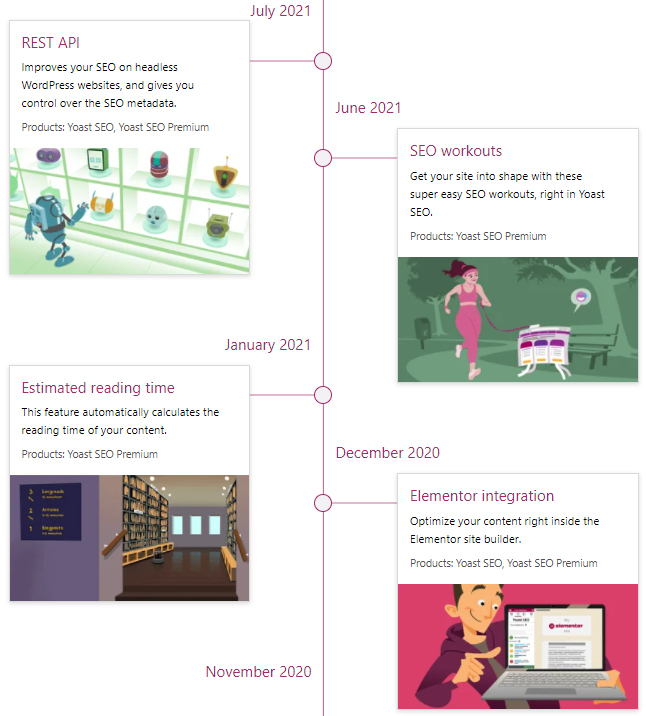
3. Offer Quality Training
Sometimes, all you need to increase your CLV is to ensure your customers know how to actually use your product. In fact, a lack of proper training can prove to be the pitfall of many SaaS companies with a great product that is difficult to use, non-intuitive, or requires a lot of specialized knowledge.
By ensuring all of your customers know how to make the most of your solutions, and more specifically, how to solve specific issues or how to make the tool do one specific thing, you can significantly increase the chances of them sticking around.
There are many ways to do this. For starters, you can offer a knowledge base that is accessible at all times. This is where you will share tips and tricks not only with your paying customers but also with your leads. You can then also use this blog/knowledge hub for conversion purposes.
You can find a great example of such a hub from Mozart Data. They target very specific topics and go into enough detail to entice both their regular users and those new to data analysis. The data warehousing solution’s knowledge hub is open to all website visitors. It’s populated by articles, tutorials, videos, and discussion forums.
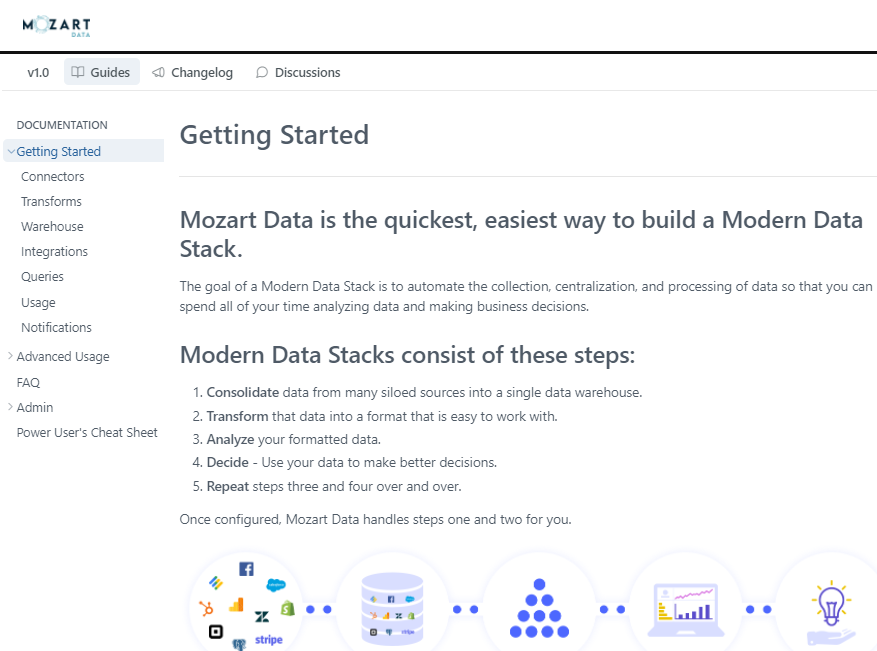
4. Offer a Great Onboarding Experience
Another way to spread knowledge and ensure your customers make the most of their subscription is to onboard them well. If a customer has a poor initial experience with your tool (especially if it’s a free trial), they probably won’t be paying good money for something that doesn’t work for them.
Let’s take Ahrefs as the example here. Their tool can do so much it’s pretty astounding. If you are new to the world of SEO you can get lost rather quickly in the sheer amount of figures, tables, and options.
They have cleverly circumvented this issue with their onboarding process. When you sign up for their service, you get a series of emails pointing you in all the right directions. You’ll get their most useful beginner-friendly blog posts that will get you started and their YouTube videos where they demo some of the things the tool can do (and how to do it). Plus, they’ve also created several webinars that can teach beginners and pros alike to unlock the true potential of their software solution.
When onboarding a new customer, make sure you are there to hold their hand. Don’t stop at offering free demos, setups, and troubleshooting calls. Offer a detailed blueprint on using the tool and make other useful bits of information readily available.
5. Offer Annual Pricing
Getting your customers to switch to an annual billing cycle, as opposed to paying for your service monthly, can be an incredible way to kill several proverbial flies with one fell swoop.
For starters, this allows customers to save some money. A 15-25% discount is usually warranted with an annual subscription – and people love to save money, as we know.
Switching people who typically use your product for 8-10 months to an annual subscription also means you are extending their lifetime as users. But most importantly, it allows you to predict your revenues more accurately. Running a business where you know exactly how much money will be coming in for the next year is much simpler than having to contend with the uncertainty of monthly renewals.
You can effectively encourage customers to switch to an annual billing cycle through a recurring billing platform: you’ll retain the flexibility to bill your customers at the frequencies of your (and their) choice — weekly, monthly, or annually, for example — and be able to offer discounted rates to customers who commit to 12-month cycles.
Of course, you will never be able to convert all of your customers to annual subscriptions. Some of them will only need your service for a shorter period of time, while others will appreciate the option of the flexible exit strategy.
A simple yet effective tweak you can implement is making the annual payment option the default one on your pricing page. InFlow has done this, and with some intelligent design, they’ve made this version of the page more attractive. Note how they’ve clearly highlighted the value and the savings. A similar solution may help you boost your own annual customer numbers as well.
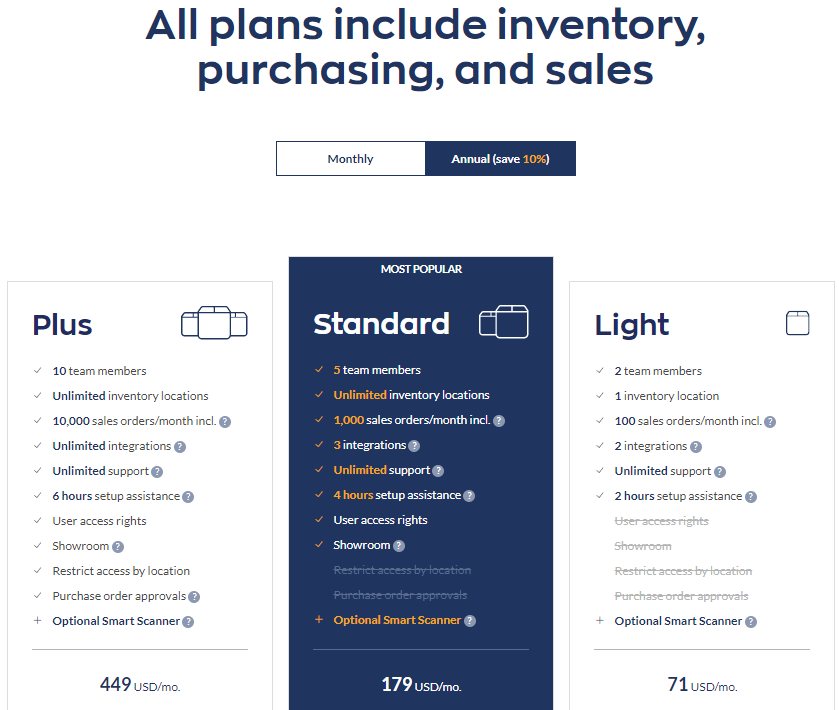
6. Personalize Your Email Communication
Personalization is a big deal in digital marketing. In fact, it’s probably the biggest marketing trend we’re seeing at this very moment. Customers no longer want to be treated as equals. They want to get marketing messages that are tailored specifically to their interests and their needs. If you don’t segment your leads and customers well, you may inadvertently miss out on a conversion or upsell and boost your customer churn as well.
As email is the most common and frequent way we communicate with our audiences, segmenting your email lists is crucial. Start by considering the stage of the buyer’s journey a lead/client is in. Then, utilize every weapon in your arsenal to land them in the right box, so to say. Use the data they’ve provided, their social media accounts, the way they utilize your tool, etc. Surveys and questionnaires can also help you get to know your customers better.
Sending advanced user manuals to new users is usually the wrong way to go. So, the better you are at email personalization, the higher the chances you will inspire clients to stick with you in the long term.
7. Create an Off-Site Community
Community-building is also becoming an increasingly popular tactic in the SaaS landscape. In fact, the aforementioned Moz has managed to build an incredible tool and an entire brand with the help of their interested community.
The main purpose of this kind of community is to foster an environment where your users (who also happen to share some of the same interests) can share tips and experiences. They’ll use this space not only to learn more about the best way to use your tool but also to exchange ideas and find inspiration about a whole host of related topics.
This kind of community, if it provides value, can be worth the subscription to your tool alone.
The WordPress community is a great example of the kind of community you want to foster. However, you can also aim for smaller groups. Aura has a great Facebook group where you can learn a lot about Amazon selling, for example.
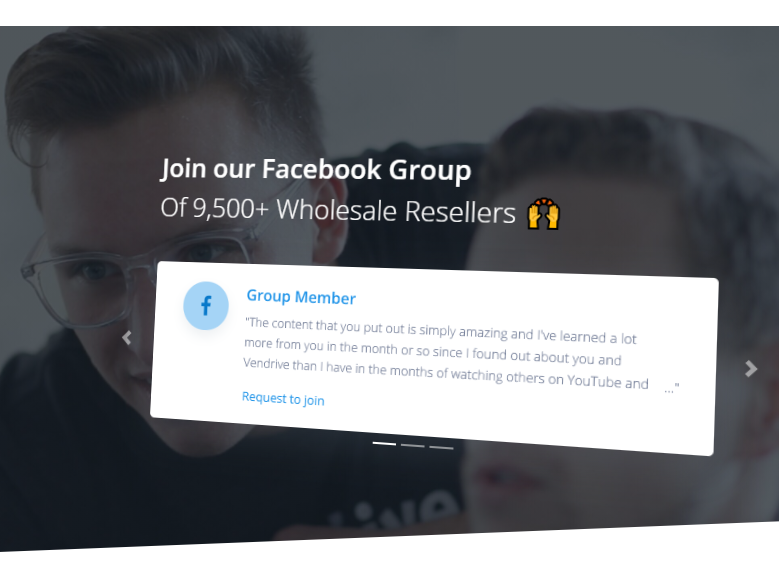
Or, you can choose to go down the Slack route and create a channel where your customers are perhaps able to get in touch with your team or just swap stories.
8. Get Active on Social Media
Even before the pandemic, we used to spend a lot of time on social media. Now, we are practically glued to at least one channel for a significant portion of the day. And that’s why social media is the ideal way to get in touch with your audience and your customer base.
What you choose to do on social media will depend on the resources available to you. Maybe you’ll chat and share user-generated content. You might create short informational videos. Or maybe you’ll routinely create brand-new bits of content (video or textual) that offers value to your followers. The choice is entirely yours.
Bear in mind that it’s always better to be very active on one social network than to try being active on several at the same time. Choose the channel your audience is most commonly found on, and start there. As your business grows, you will be able to adopt another network.
For instance, Optimal Workshop is active on more than one platform, including YouTube and LinkedIn. As their business is user experience, it makes sense that these platforms would be the most lucrative. This is where their main customer base is most likely to be interested in consuming the kind of content they are ready to share.
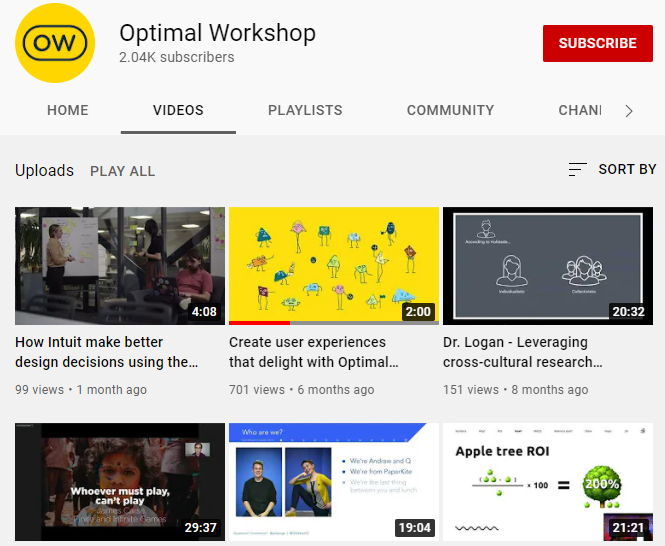
9. Use a Customer Success Platform
A customer success platform is your one-stop tool for managing and tracking your customer success metrics. It will allow you to track figures like CLV, average revenue per account, churn rates, and so on.
Ideally, you want to create a customer roadmap and use the CSP to track different users on this journey. If your blueprint is correct, you will then be able to pinpoint the obstacles that are preventing a certain user from continuing their journey. For example, you may have inadvertently placed them in the wrong email segment, which means they haven’t yet received the email prompts that would move them along.
The purpose of this tool is to allow you to have a birdseye view of the way your customers are engaging with your different touchpoints and your product. When you notice a bump in the road, your task is to eliminate it and help a customer become a repeat customer.
10. Get Customer Feedback
Finally, to truly be able to measure the pulse of your customers, you should routinely survey them about their experiences with your business.
Email is the best network to use for this purpose, and there are countless tools for automating the process.
The two staple surveys you should be focusing your attention on are the Customer Satisfaction and the Net Promoter Score surveys.
NPS surveys ask just one question: how likely are you to recommend us to a friend or a coworker. They are used to measure a customer’s sentiment towards your brand, and they can easily be set up. The answers you get will tell you exactly how satisfied with your brand a user actually is.
Customer satisfaction surveys can be more complex and ask questions about different aspects of your business and tool. Their purpose is the same, and they can provide valuable clues as to the segments of your product and service you need to fine-tune.
Final Thoughts
Increasing your customer lifetime value can be a lifelong mission. However, with the help of these ten tips, you should be able to start making headway soon. Don’t forget: what works for one SaaS business will not work for another. So, always consider your resources and goals before you employ any tactic, no matter how lucrative it may sound.

